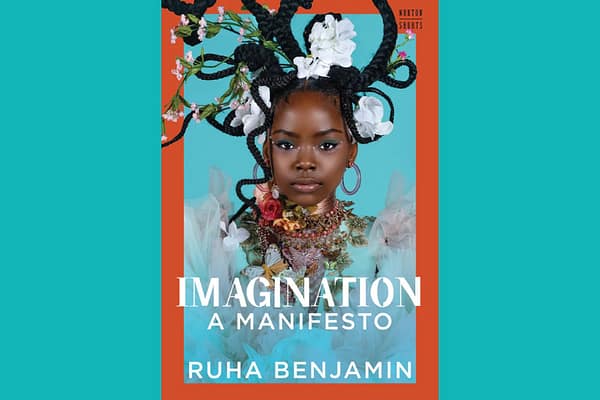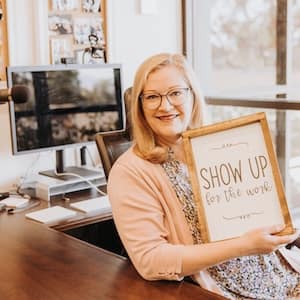Podcast (tihe_podcast):
Play in new window | Download | Transcript
Subscribe: Apple Podcasts | Spotify | RSS | How do I listen to a podcast?
Jamie Moore shares about embracing anger to find joyful agency on episode 565 of the Teaching in Higher Ed podcast.
Quotes from the episode

I was told that that if I showed emotion I would be seen as vulnerable, and my students would be ready to pounce on that vulnerability.
-Jamie Moore
Invisible agreements shadow our classroom interactions and curriculum, capping the potential for connection, feeling, and joy in community with each other.
-Jamie Moore
My favorite thing is learning with my students and humanizing myself.
-Jamie Moore
Are you a living realization of your values and beliefs?
-Jamie Moore





